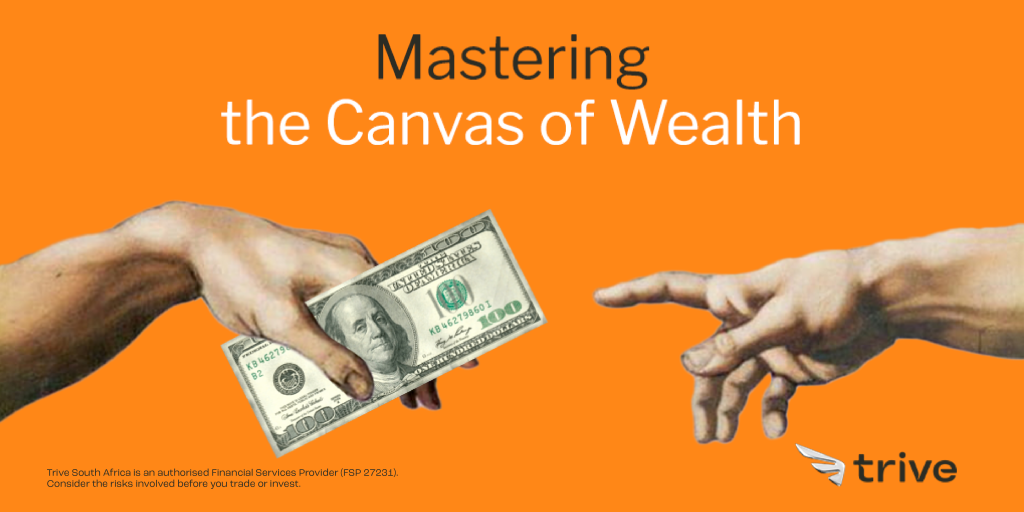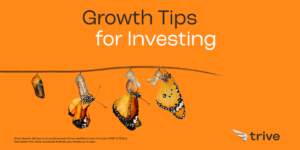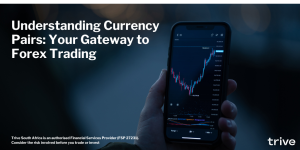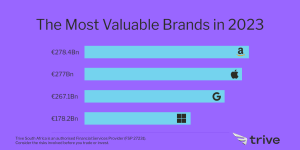
Diving into the sea of financial opportunities, investors are greeted with an extraordinary assortment of tools to sculpt their wealth. Nestled within this spectrum is the captivating realm of art investment – a canvas that not only holds the opportunity for potential financial brushstrokes but also entwines the soul in cultural and emotional threads.
Art investment is often viewed as a long-term strategy, particularly when focusing on investment-grade pieces that have a solid chance of retaining or increasing their value over time based on professional opinion. This form of investment may offer investors the potential for value appreciation over time. Moreover, it can play a role in diversifying an investment portfolio, which can be used by investors to manage the overall risk. However, it’s important to note the trade-off: while these investments carry potential, they also come with the challenge of illiquidity. Finding the right buyer can take time, so the capital invested in the art piece might not be easily accessible.
The Art Investment Process
In the realm of investment, art and tradition harmoniously intertwine. Just as one might meticulously select stocks or bonds, the journey of choosing the perfect artwork requires diligence, research, and engagement. Expert voices are often needed to help discern investment-worthy masterpieces. The beat of risk-return dynamics echoes even within the art world. Early-career artists, those ‘emerging artists’, offer the intriguing allure of ‘buy low’ prospects, akin to market entry points. Yet, such bold strokes come with unique risks, as they bet on the artist’s rise to stardom. On the higher ground, ‘established artists’, like seasoned investments, wield stability with their renowned names. And then there are the ‘Blue-chip artists’, the illustrious giants whose creations demand a substantial investment and resonate with cultural and historical significance. Just as a painter crafts strokes with intent, investors must define their goals and objectives, deftly choosing their art investment category to create their very own masterpiece of wealth.
Considerations for Art Investment
Like any investment endeavour, the realm of art pieces carries no assurance of profit. Hence, prudent counsel often advocates that investors should select artworks based on intrinsic merit and cultural resonance. Cultivating a genuine affinity for art empowers investors to derive emotional gratification from the artwork’s aesthetic and cultural value.,. This authentic engagement enriches the investment experience and provides a layered dimension to the investor’s journey, exceeding mere financial pursuits.
Examples of Art Investments
Leonardo da Vinci’s Salvator Mundi is the most expensive painting ever sold. In 2017, this painting was sold for €412.16 , according to Masterworks. Just twelve years prior to this mammoth sale, the artwork was sold at a local auction for a mere €9,153.10. Similarly, Andy Warhol, another widely recognized artist for his work ‘Shot Sage Blue Marilyn’ has realized a compounded annual growth rate of 27% on his prints from 2017 to 2022, according to MyArtBroker. These impressive figures highlight the potential inherent in art investing if an investor can recognize valuable pieces in their early years. However, this is a highly challenging task, as the art world is filled with an enormous number of artists releasing new work every other day. Therefore, experts and professionals in the industry are often required in the decision-making process.
Conclusion
Investing in art has become a popular way to provide an additional diversification element to a portfolio. According to Statista, the total transactional value in the global art market amounted to €62.06Bn in 2022. The rise of the online art market is also worth keeping an eye on, with the recent surge in Non-Fungible Tokens (NFTs) grabbing the attention of investors worldwide. However, it is not a passive income stream, as it requires active engagement on the part of the investor in identifying investment-grade artworks that meet the objectives and criteria set out by the investor before making an investment decision.
Sources: Artelier, MyArtBroker, Statista, Fineartmultiple, Masterworks.
Piece written by Tiaan van Aswegen, Trive Financial Market Analyst
Disclaimer: Trive South Africa (Pty) Ltd, Registration number 2005/011130/07, and an Authorised Financial Services Provider in terms of the Financial Advisory and Intermediary Services Act 2002 (FSP No. 27231). Any analysis/data/opinion contained herein are for informational purposes only and should not be considered advice or a recommendation to invest in any security. The content herein was created using proprietary strategies based on parameters that may include price, time, economic events, liquidity, risk, and macro and cyclical analysis. Securities involve a degree of risk and are volatile instruments. Market and economic conditions are subject to sudden change, which may have a material impact on the outcome of financial instruments and may not be suitable for all investors. When trading or investing in securities or alternative products, the value of the product can increase or decrease meaning your investment can increase or decrease in value. Past performance is not an indication of future performance. Trive South Africa (Pty) Ltd, and its employees assume no liability for any loss or damage (direct, indirect, consequential, or inconsequential) that may be suffered from using or relying on the information contained herein. Please consider the risks involved before you trade or invest.




